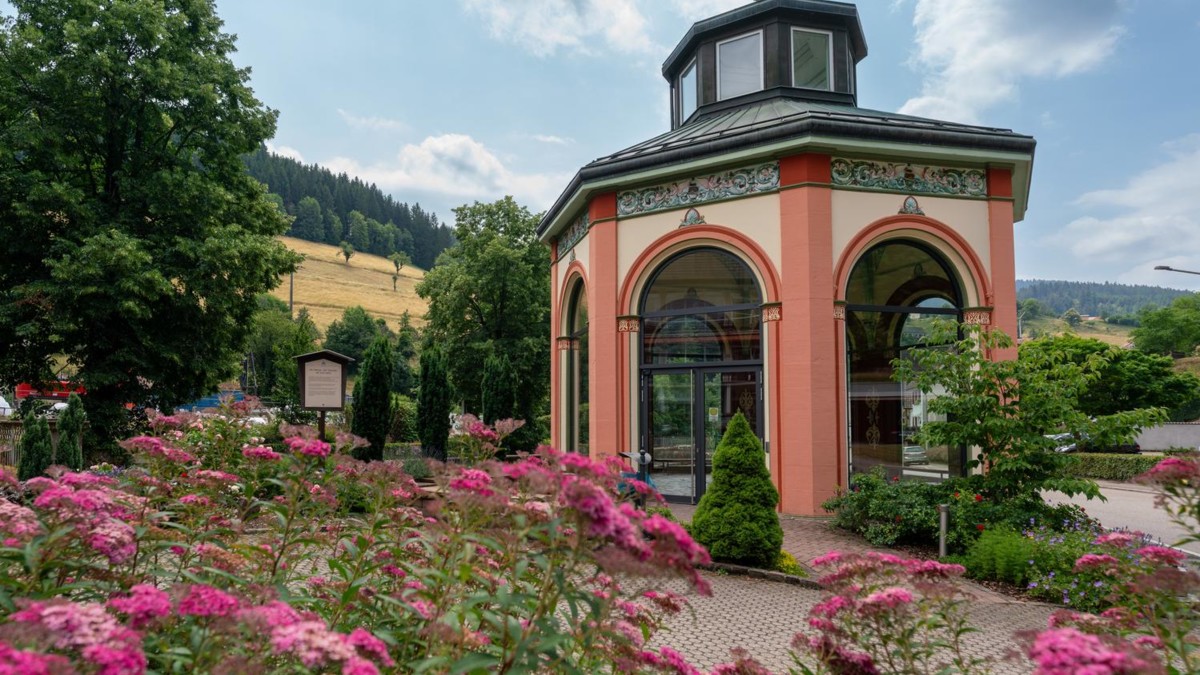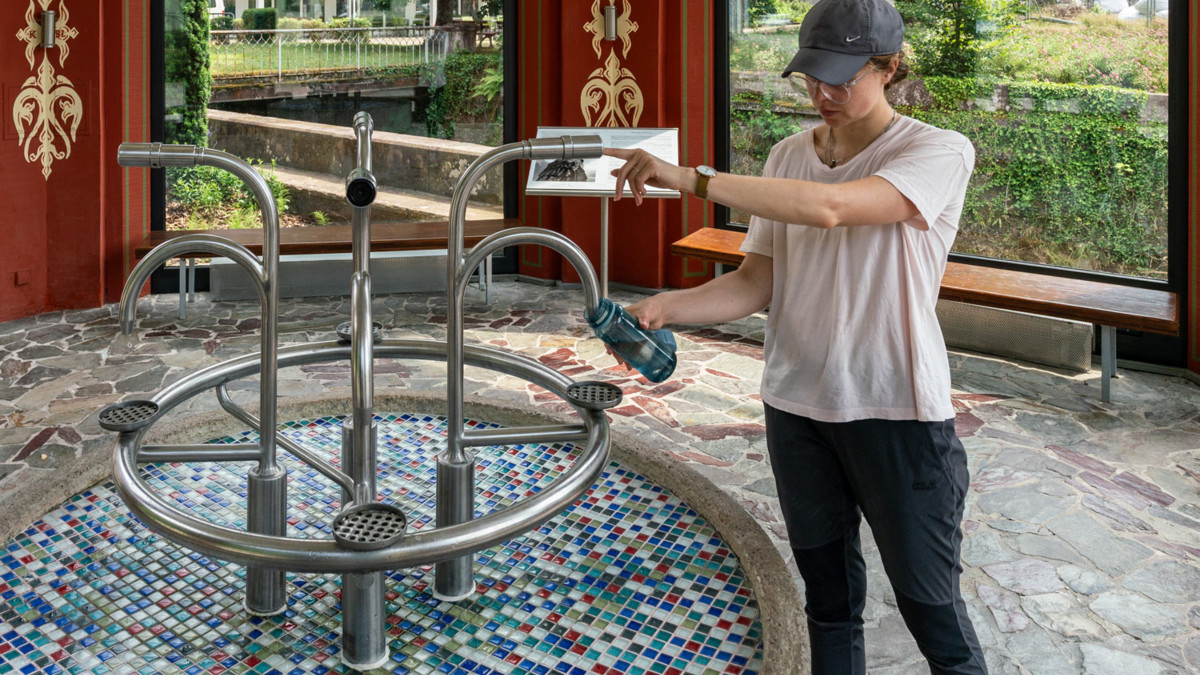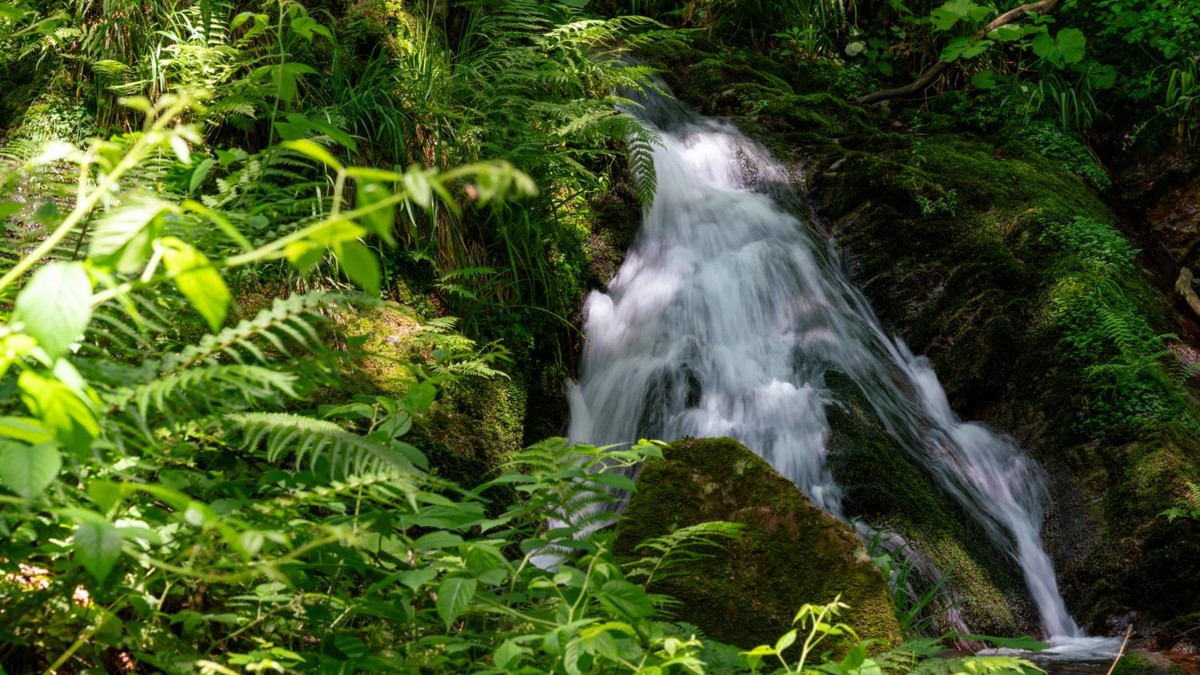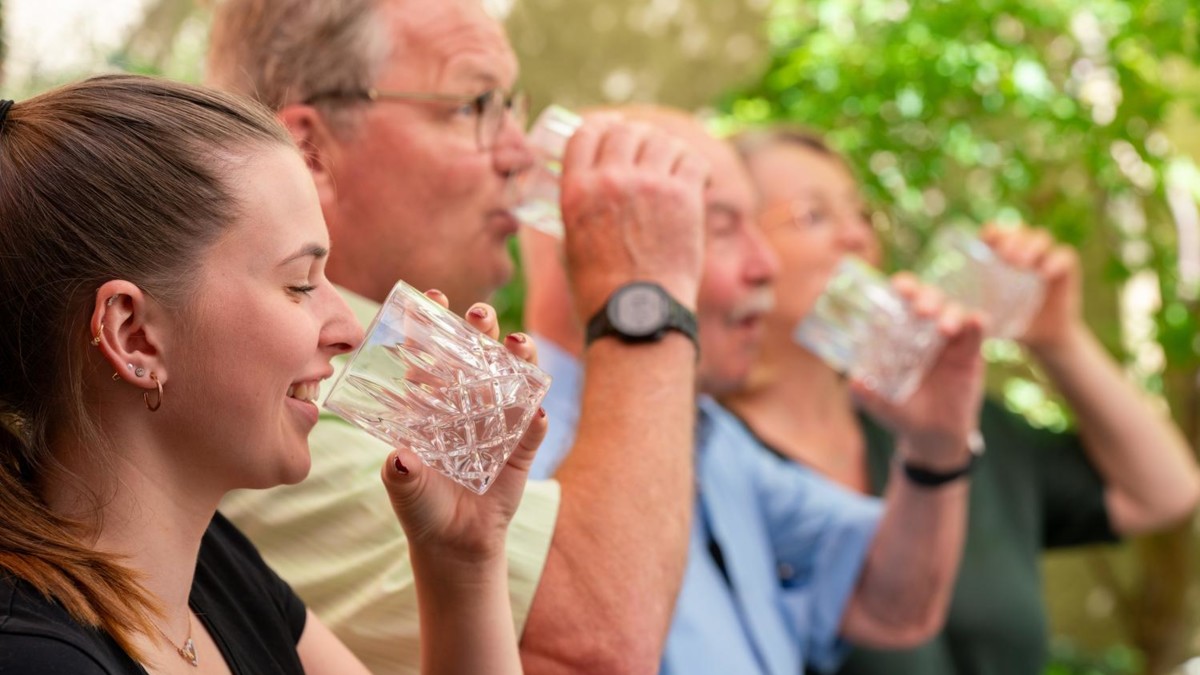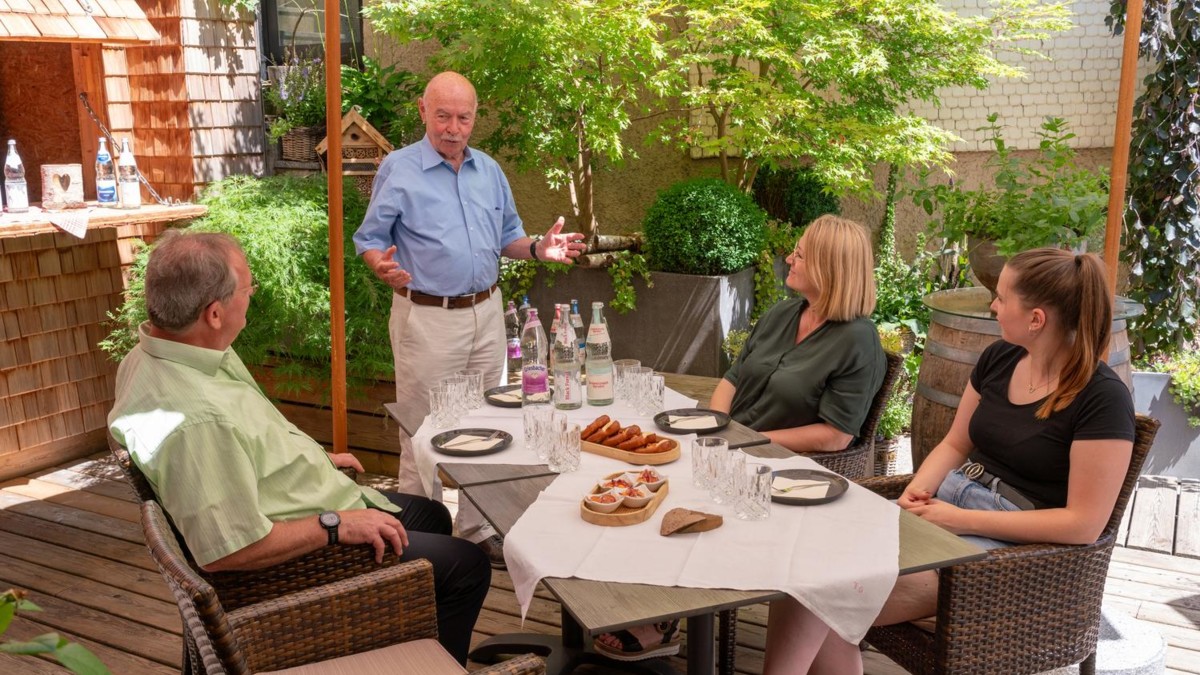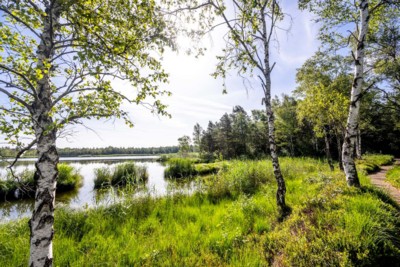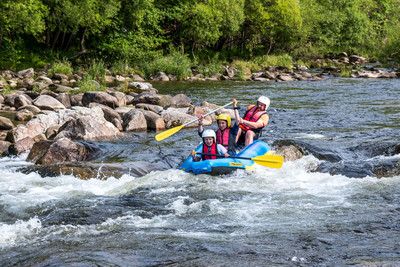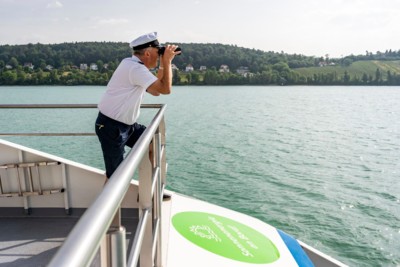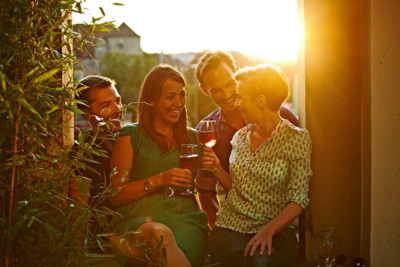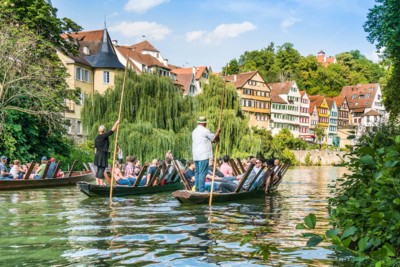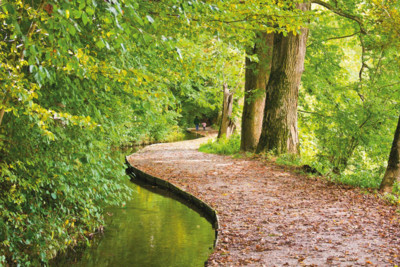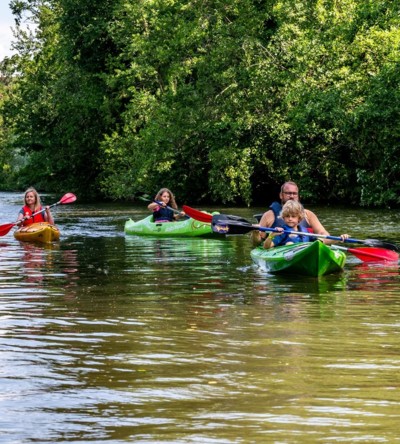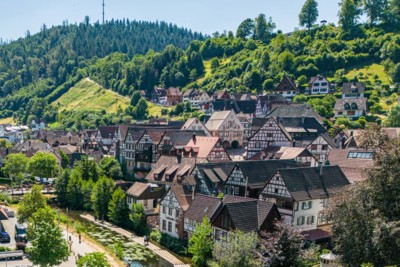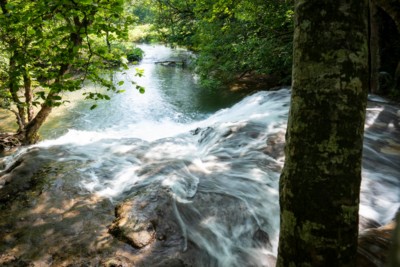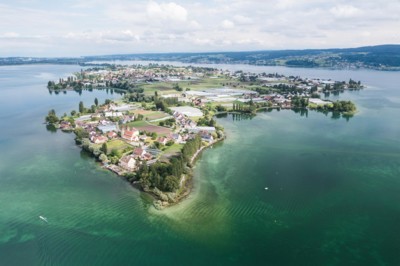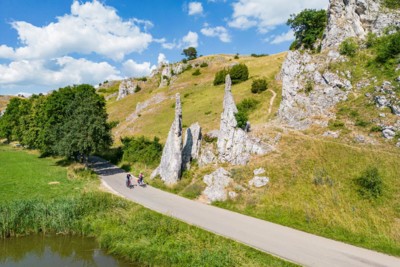Fancy a Taster?
Mineral Water from the Black Forest
© TMBW, Foto: Andreas Weise
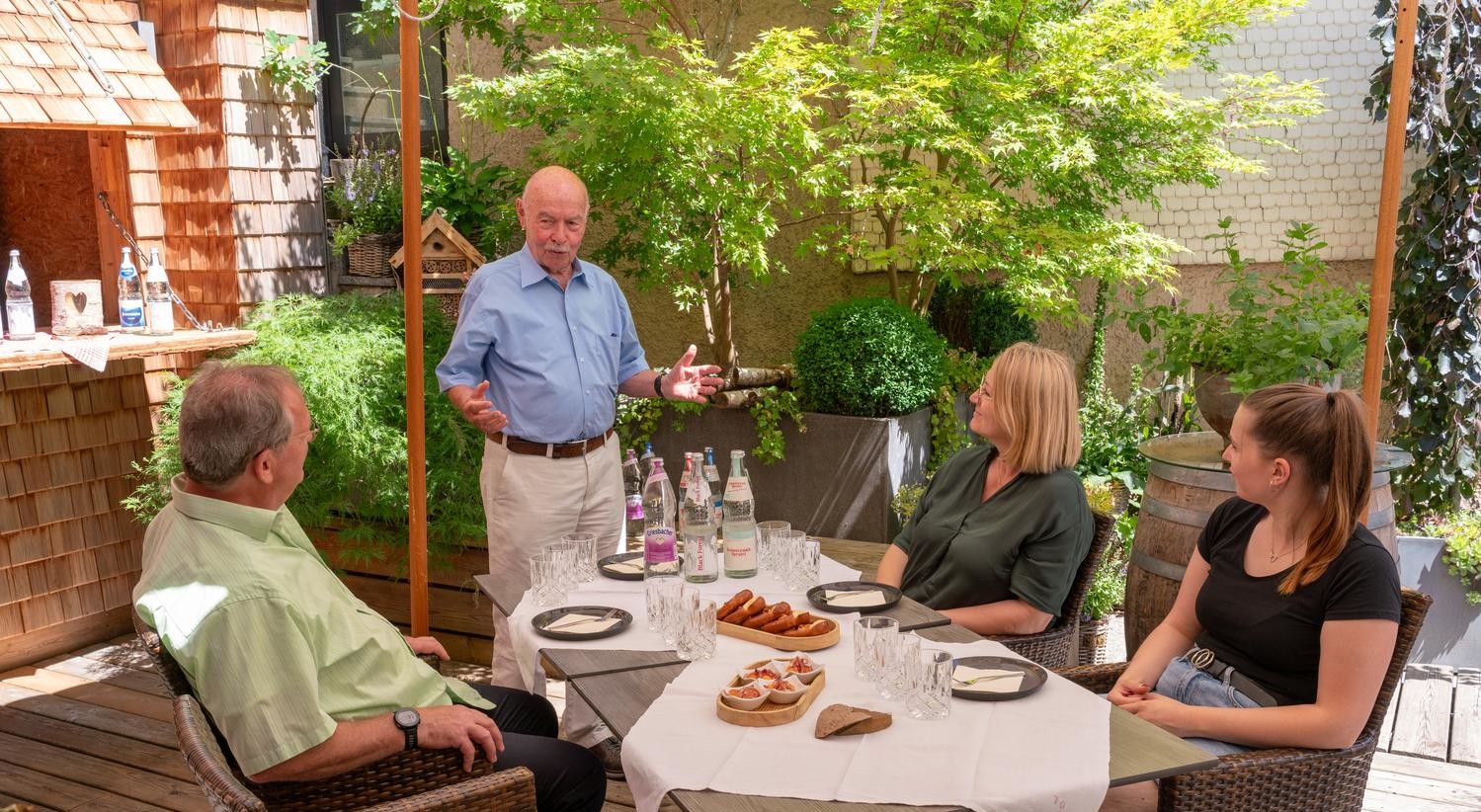

BW Story - Hirsch & Greif
Water Tasting with a Water Sommelier
Each mineral water is unique. Our editor found out what the differences are and what part the minerals play during a water tasting with Reiner Häberle.
It is quiet at our table. Reiner Häberle looks around, smiling. Susanne is concentrating on tasting with her eyes closed. And Axel is staring into his glass as if the answer to Häberle’s question was written on the bottom. What kind of mineral water is it? “Peterstaler,” suggests Axel. When the water sommelier’s gaze falls on me, I quickly blurt out “Schwarzwald-Sprudel”, although I can barely taste any difference since we have moved on to the sparkling waters. Susanne shrugs her shoulders and eats a spoonful of her lentil salad instead of giving an answer. Then she carries on sipping and tasting the water. “Peterstaler is correct,” says Reiner Häberle as he grabs the next bottle. Next, we move on to the ‘classic’ varieties, traditionally more heavily carbonated. We are taking part in a mineral water tasting in Bad Peterstal-Griesbach.
 The Springs of Bad Peterstal-Griesbach
The Springs of Bad Peterstal-Griesbach
The Springs of Bad Peterstal-Griesbach
This spa resort in the Upper Renchtal Valley in the Black Forest is the ultimate water resort. Finest mineral water bubbles from three springs, all with completely different mineral compositions. Mineral water from Griesbach has a total mineral content of 2,265 milligrams per litre. This is an extremely high value which gives the water lots of flavour. The “Black Forest” water, a mild water which has the lowest content in common salt in Germany, is also pumped up only a few kilometres away. The reason for these big differences is the layers of rock that the rainwater trickles through on its way to the underground water reserves. Along the way, the water is purified and absorbs different minerals from the various layers of rock. Adding them at the bottling stage is not permitted.
Does Water really Have a Taste?
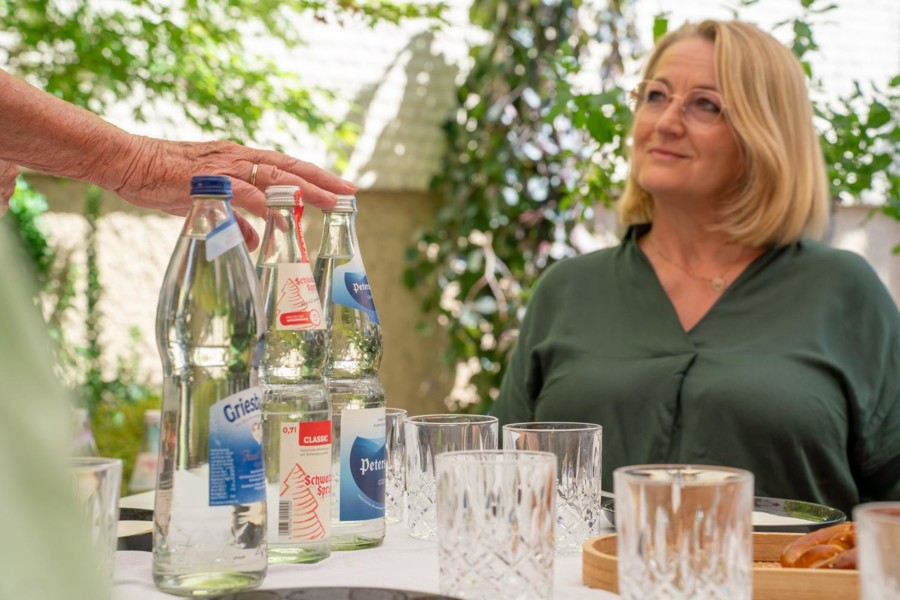
Before the water tasting, I was convinced that water had no taste of its own. As I rarely drink two different types of water alongside one another, I was unaware of the different nuances of taste. To an untrained palate like mine, water just tastes like water. But if you drink it properly at the right temperature in a tasting session and compare it to others, you can really taste the difference. Our test mineral waters are lined up behind our water sommelier: Peterstaler, Schwarzwald-Sprudel, Black Forest and Griesbacher. Depending on the availability, the waters come in a still, medium and classic version, as today we are learning not only about the minerals, but also about how carbonation can affect the flavour.
 The Water Tasting Procedure
The Water Tasting Procedure
The Water Tasting Procedure
Before we begin, Häberle explains the tasting procedure. We will work from still to medium up to classic carbonation, tasting the waters in parallel and cleansing our palates in between with tasty morsels from the kitchen of the Kimmig Hotel. The medium water, for example is served with a little bowl of Swabian potato salad to open up the taste buds and allow us to appreciate the minerals again. As we work our way through the different water courses and snacks, the lines between tasting and indulgence begin to blur..
I could clearly taste the difference between the still waters. One of the waters tasted cool to me, the next was very mild and the third was almost earthy and slightly salty. With the medium and classic varieties, both different degrees of sparkling, I found it harder to identify exact nuances of taste. According to Reiner, this is because the carbonation neutralises the flavour of the water a little. “In the past,” he reveals, “you could often only get heavily carbonated mineral water, as this disguised any unpleasant tastes.” This is why heavily carbonated water is known as ‘classic’ in Germany today.
Bubbles Make All the Difference
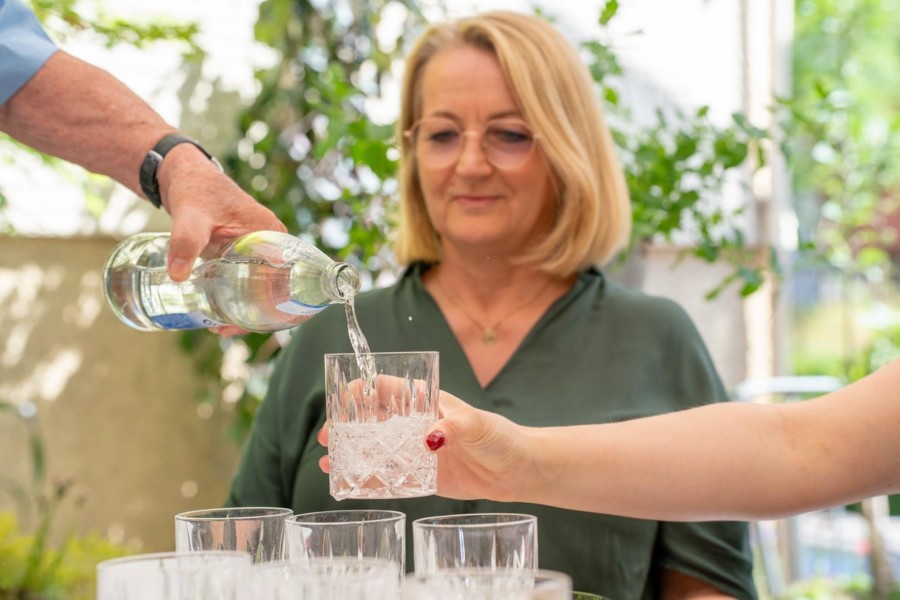
A Griesbacher ‘Still’ really does taste completely different from a Griesbacher ‘Classic’, although the water contains the same minerals. It is a fascinating discovery. Even what I eat with the water has an influence on the experience. “They all affect each other,” explains the water sommelier as he enthusiastically refills our glasses. As a water philistine, I have to confess it was more about the food for me after a while, but I did come away with an important finding. In the future, I will try different mineral waters together to decide which one I really enjoy most.
 3 Spa Resorts to Visit</span><span>
3 Spa Resorts to Visit</span><span>
Overview
3 Spa Resorts to Visit
Besides Bad Peterstal-Griesbach, there are other places with a strong mineral water tradition.
Welcome to the beautiful district of Bad Cannstatt, the oldest in Stuttgart, boasting an impressive 19 springs including 13 state-accredited mineral springs. Bad Cannstatt has the second-largest mineral water reserve in Europe, second only to Budapest! The district’s spa history dates back to the Romans, who appreciated the healing effect of the water and chose to settle here. Immerse yourself in the relaxation culture of Bad Cannstatt. Visit the SoleBad Spa, the only natural brine in Stuttgart, walk through the spa gardens and take a glass or a drinking bottle with you to sample the accredited mineral water bubbling from the Lautenschlaeger Fountain (Lautenschlägerbrunnen) on the edge of the gardens. As you relax along your stroll, it is worth taking a closer look at the treetops to check out the yellow-headed amazons, a species of parrot that found a new home in Stuttgart a few decades ago.
The little town of Bad Dürrheim is located on the edge of the Black Forest, not far from the Swabian Alb. It is a healthy place to visit for several reasons. Bad Dürrheim is a Kneipp spa, a brine spa, a climatic health resort, and boasts mineral and healing water springs. The imposing brine graduation works, which was once used to extract salt is now one of Bad Dürrheims’s major landmarks. The wooden construction is 108 metres long and four metres high, and the brine trickles through and evaporates to produce a salty air that is really good for your health. Right next to the spa gardens is the Solemar Spa, a brine-based health and wellness complex covering over three acres. Fine drinking water bubbles up from Bad Dürrheim’s seven springs and is sold under the Bad Dürrheimer brand.
Bad Teinach, the smallest spa resort in Baden-Württemberg, is nestled in the Teinachtal Valley, surrounded by forests. Long valued for its healing effects, the Hirschquelle Spring bubbles up from the depths here. The healing spring even became popular among the nobility, who visited from near and far in the 17th and 18th centuries. In the 19th century, King Wilhelm I of Württemberg had a spa building, a hotel and a pump room built right next to the spring at the entrance to Bad Teinach. The hotel and the spa building still exist today and are a popular place to relax. The large mineral water company Teinacher, which bottles Teinacher and Hirschquelle mineral water, has been added right next door. Fancy a different kind of walk? The two-kilometre Zavelsteiner Brunnentour Trail has 19 stations explaining the exceptional water supply in this little town. Bring a water bottle – there is fresh mineral water from 15 springs.
Want to Browse More?
You Might Also Be Interested In

